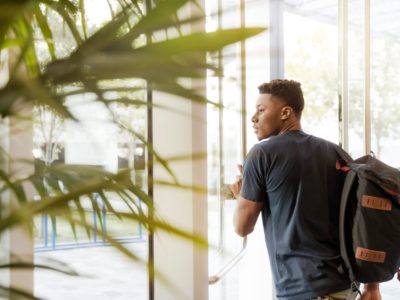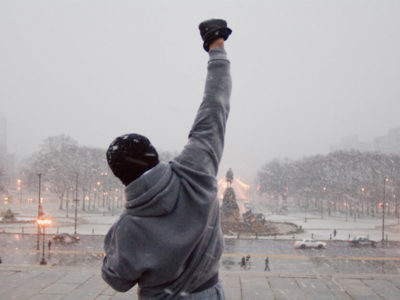One night last summer, I walked home from my campus job at the University of Maryland College Park. I walked alone, on the sidewalk of Route 1, after 10 p.m. Out of the corner of my eye, I noticed a figure across the street. I realized it was a man, and he headed my direction. He moved behind me. I checked behind my shoulder a few times.
For a second, I felt like he might have been following me.
I never feel safe on this campus because of the murder of Richard Collins III, an African-American man. Collins, a Bowie State University student, got stabbed one night in May 2017 while waiting for an Uber near a bus stop. A white man, Sean Urbanski, received charges with a hate crime in the death. Recently, the trial for Urbanski, a former UMD student, got pushed back until July. This marks the third time the case has been delayed.
To this day, it haunts me that it could have been anyone—any African-American student on this campus—who was killed. Even me. At night, when I walk along the perimeters of the campus, a troubling feeling hovers over me. I don’t make late night trips to the library alone anymore.
The weekend of the killing, I visited my hometown of Baltimore when I checked my email and saw the bold subject line: UMD Safety Notice-Homicide. I was ending my second semester as a transfer student, and I became accustomed to the constant alerts from the University of Maryland police. I often received emails about robberies and burglaries near campus. However, being informed of a murder struck a deep nerve. I opened the email and read that a young man was fatally stabbed. That bright Sunday morning became dark.
I learned later that one of my friends who attended Bowie State University was classmates with Collins.
I walked up to my mother’s room to tell her. Her face scrunched up in a strange way as she took in the news. She was upset and told me I shouldn’t attend UMD anymore considering the robberies and burglaries. But I insisted that I wanted to finish because of the amount of hard work I put in at community college to attend the school. I really wanted a degree from UMD’s Philip Merrill College of Journalism.
Being a native of a city with one of highest crime rates in the United States, I’ve always had to stay aware of where I go and the friends I keep in my circle. After the murder, I realized I must be aware in a different way. Now I have to be mindful because of the color of my skin.
In my day-to-day encounters at UMD, I haven’t been a victim of blatant racism.
But being one of a few black students, or the only black student in my classes, I have thoughts that I could face microaggressions at any moment.
Now, almost every day, I walk by the bus stop where Collins was murdered. The bus stop shelter used to serve as a temporary memorial—boxed in with autumn flowers, a photo of Collins, American flags and a sign with black letters commemorating the college senior. Now, all that’s left is the sign. The space doesn’t feel like a memorial anymore.
Students sit and wait on the bench. People stroll around the area. The bus comes and goes. Everything still operates normally. It’s as if nothing ever happened.



















